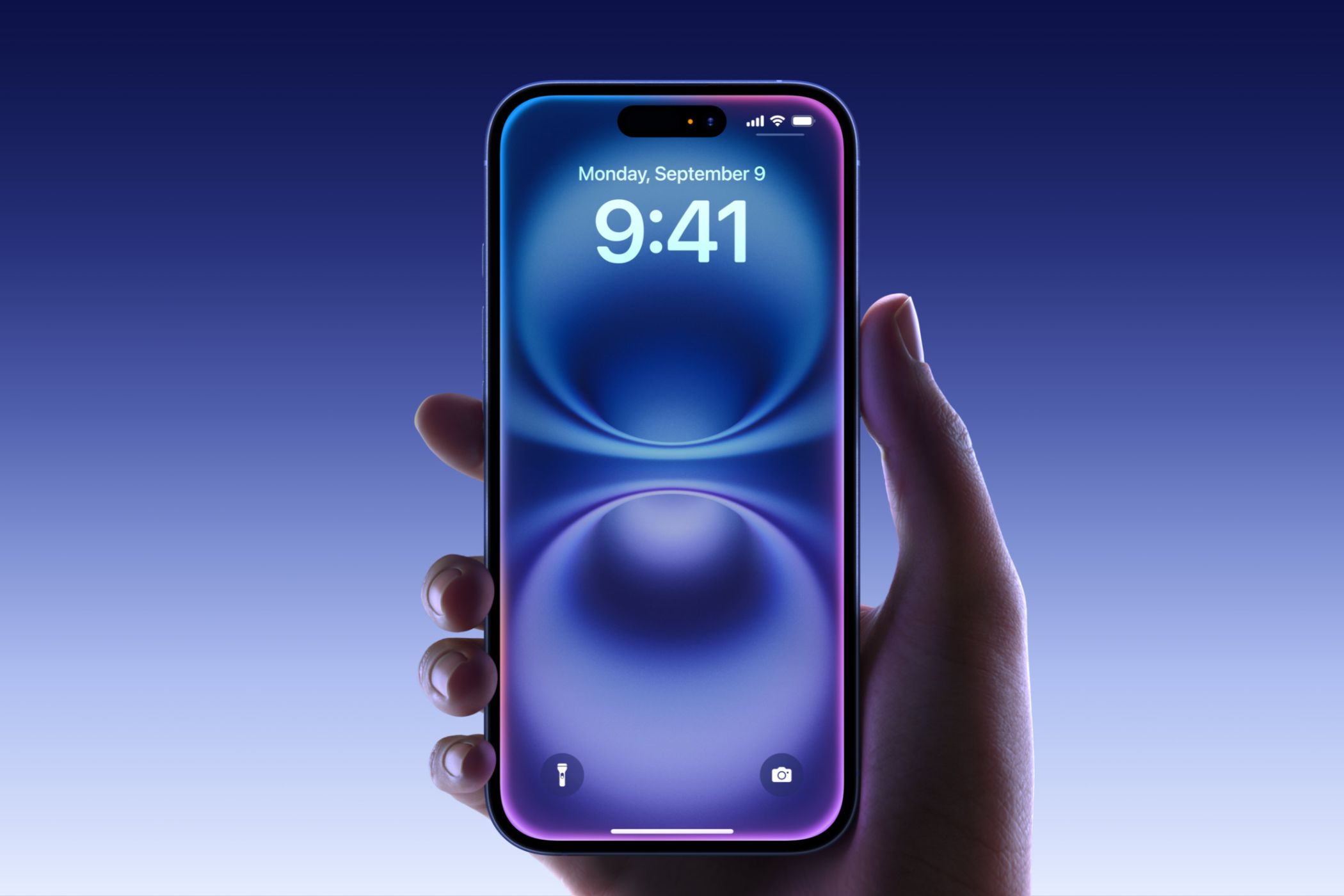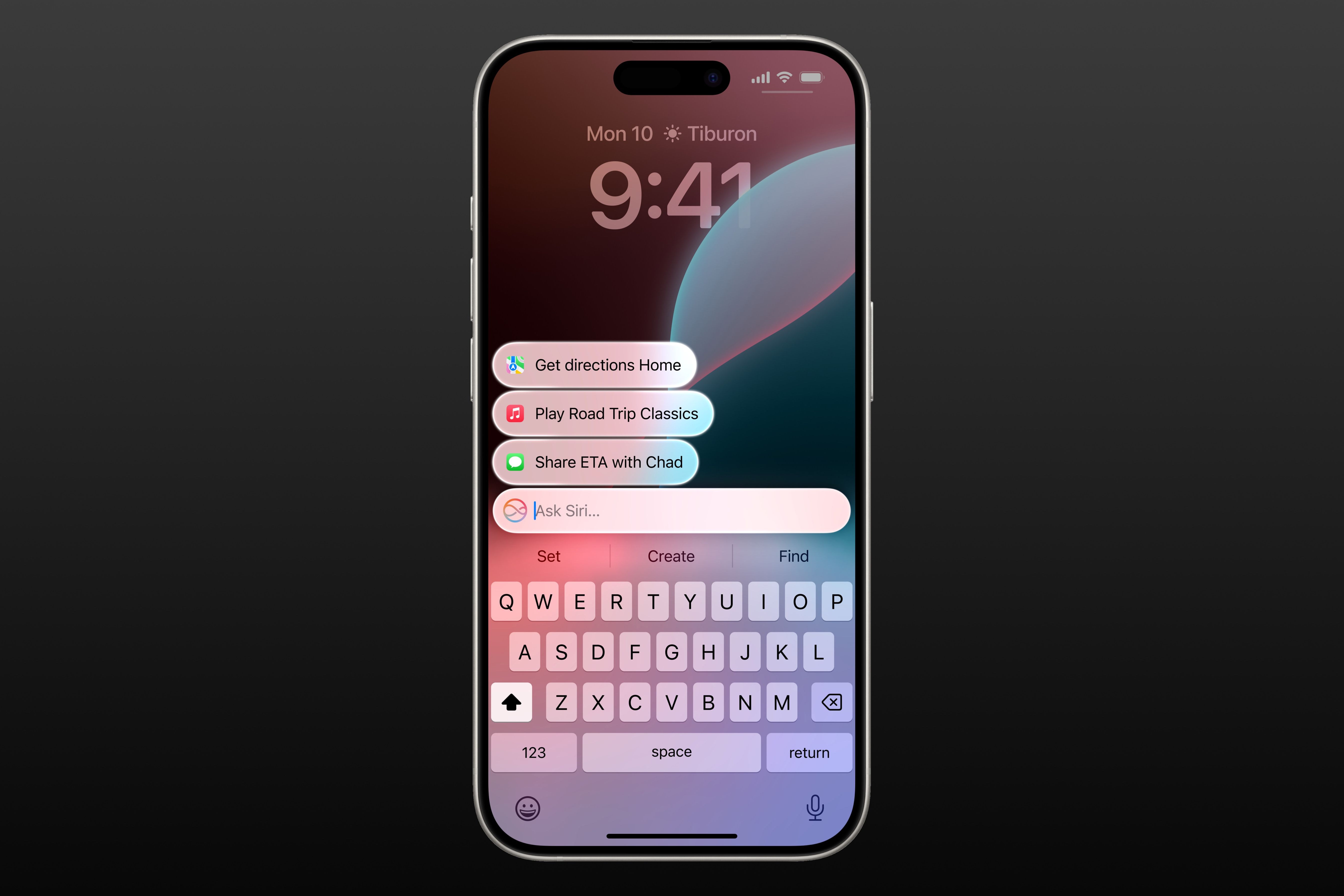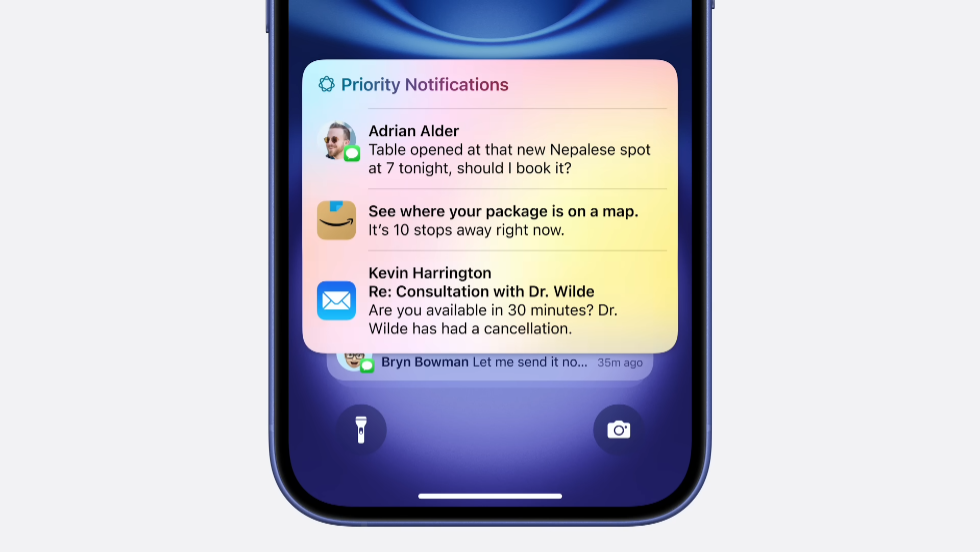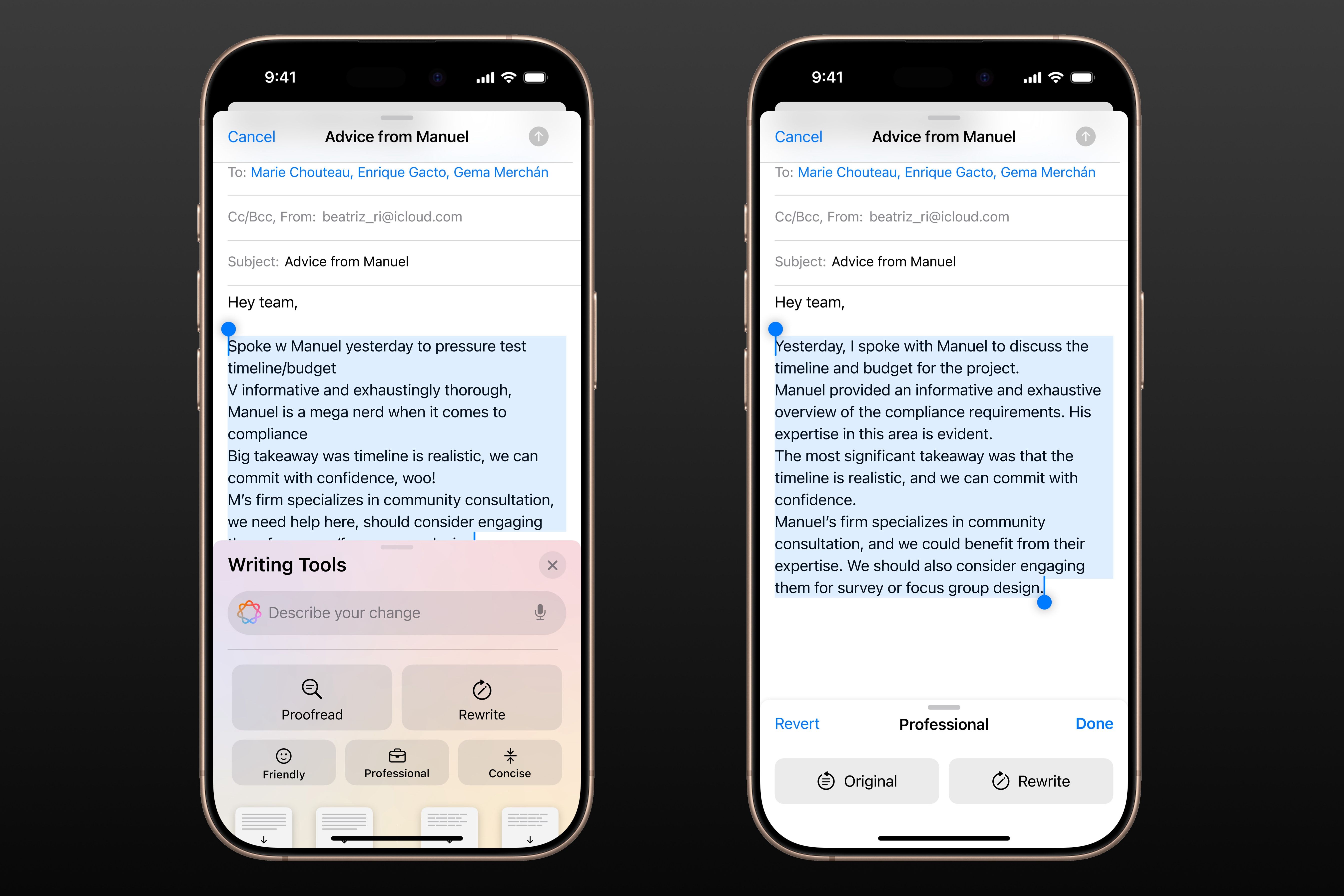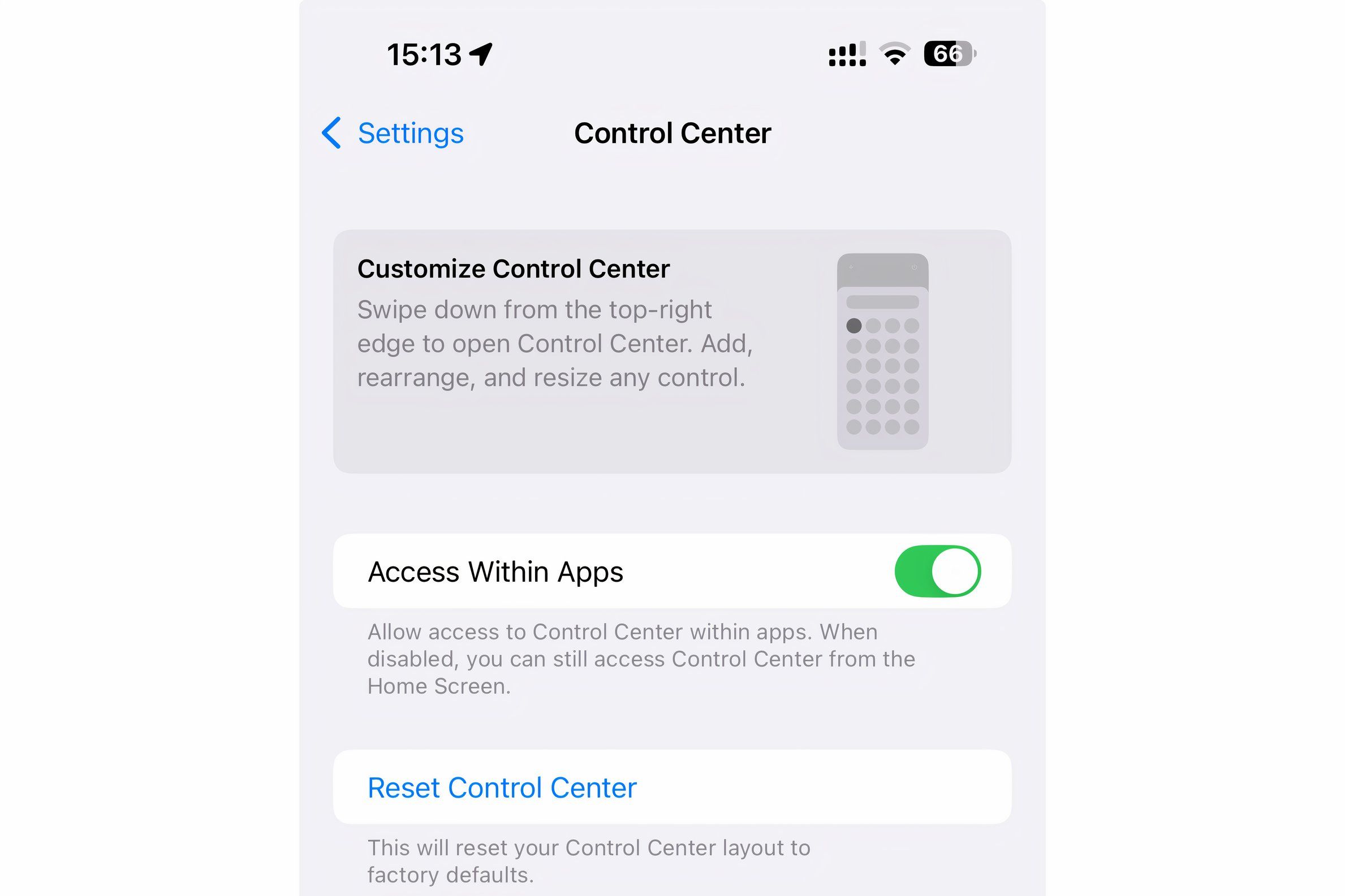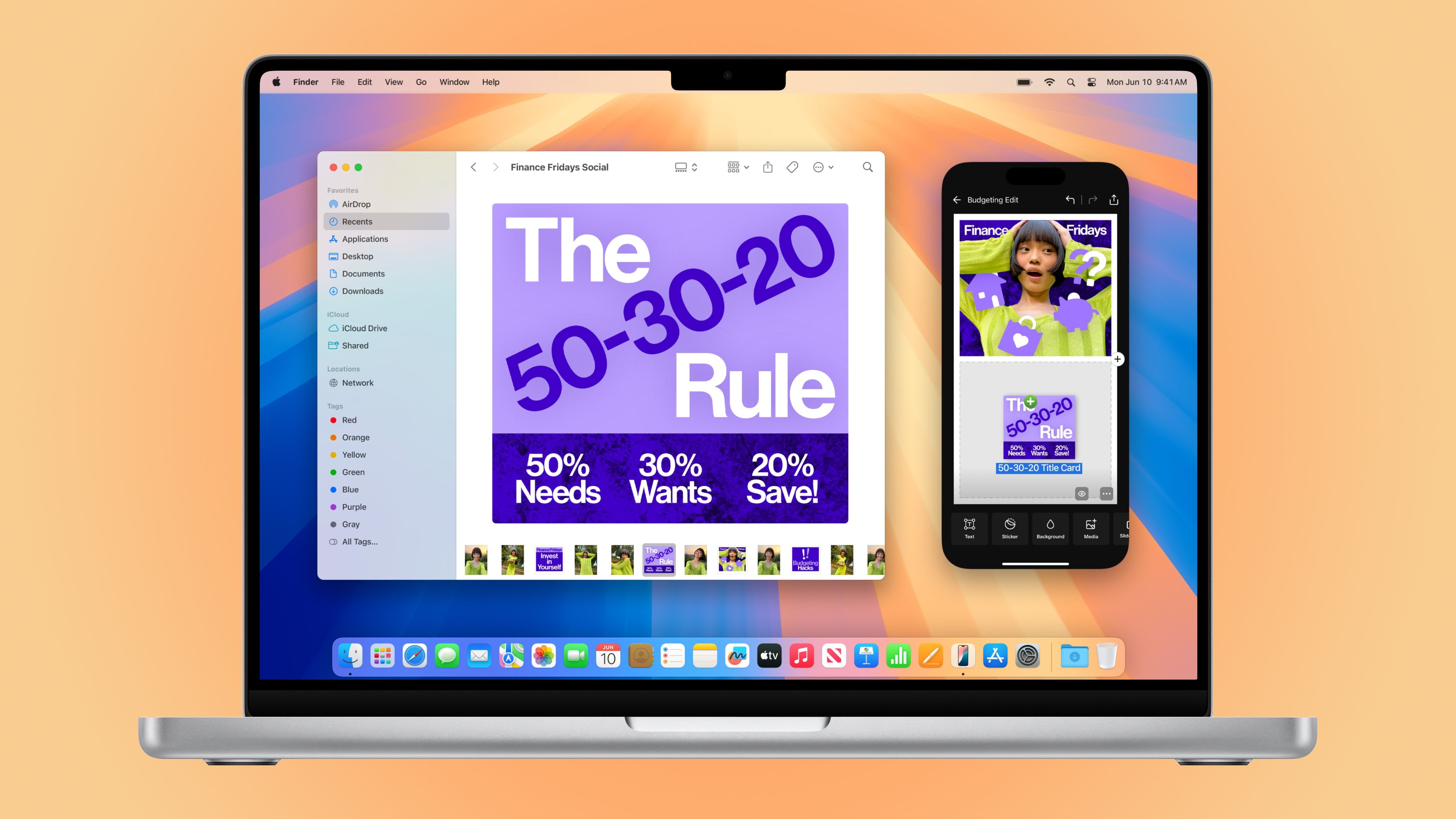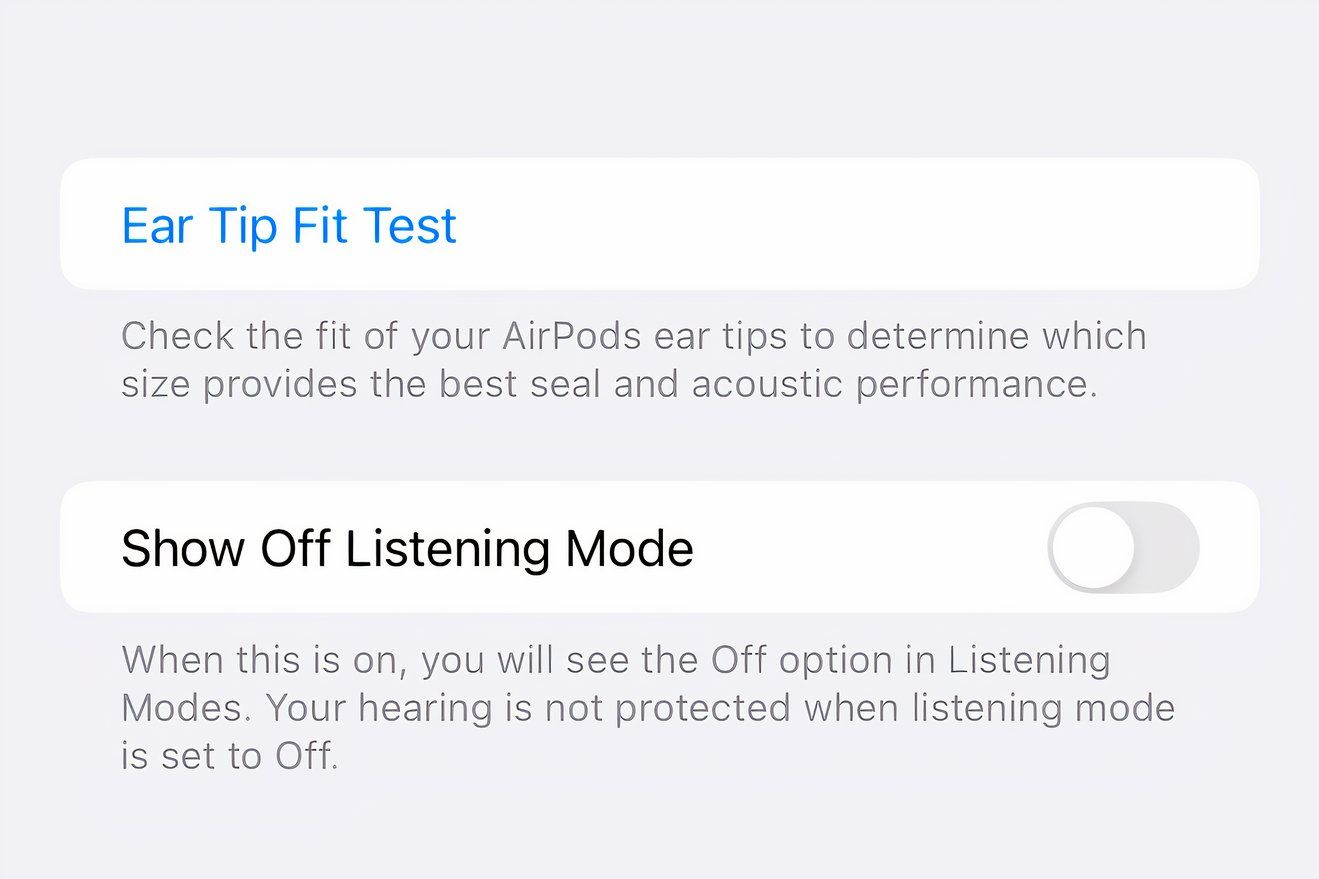Apple has released the new iOS 18.1 and iPadOS 18.1 software updates, bringing the first wave of Apple Intelligence features and other new features to iPhone and iPad owners.
You can install an over-the-air update by going to Settings > General > Software Update on your device and following the onscreen instructions. Apple Intelligence is supported on the iPhone 15 Pro, iPhone 15 Pro Max, and the iPhone 16 lineup.
On the tablet front, you need an iPad running Apple silicon, such as the M1 iPad Pro and later or the M1 iPad Air and later. Apple Intelligence is also available on Apple silicon Macs with the macOS Sequoia 15.1 software, which also dropped today.
Keep in mind that Apple Intelligence is currently available in English only. If you live in an unsupported region, you can set your device region to US and language to English to enable Apple Intelligence. Apple says that Apple Intelligence is currently in beta and has a waitlist. After installing iOS 18.1, you must manually turn on Apple Intelligence in Settings.
Apple Intelligence in iOS 18.1 brings a new Siri glow animation. The assistant now leverages Apple’s large language models (LLMs) to understand complex queries better, especially if you mumble words, and better maintain context between multiple requests.
The Type to Siri option can now be invoked by double-taping the Home indicator at the bottom. Siri answers Apple product questions, like how to find or adjust any iPhone feature, giving you a step-by-step tutorial excerpted from Apple’s support documents.
Apple Intelligence saves you from notification overload by summarizing multiple notifications on the Lock Screen—extremely handy when inundated with messages from group chats. The new AI-powered Reduce Interruptions focus mode only allows crucial alerts to break through while silencing those deemed unimportant.
The Phone app lets you record phone calls for the first time, with both participants notified. Recorded calls are saved in Notes, along with a message transcript and a summary. Speaking of which, the Notes app automatically transcribes any audio recorded in-app, creating a summary with key points you can share (great for lectures, presentations, meetings, etc.).
The Photos app gets an AI object removal tool called Clean Up for seamless background replacement. Like Google Photos, this feature lets you remove distractions from your photos, including random people in the background, by brushing over them. The new Memory Movie feature allows you to create animated slideshows by providing a description, like “Play time with my cat Sergey” or “My son with his dog, happy vibes.”
Writing Tools let you proofread, rewrite, and reformat texts, emails, notes, etc. Like Grammarly, proofreading highlights embarrassing typos and grammar mistakes, with suggestions to improve sentence structure. The Rewrite tool changes the tone of your writing to be friendly, professional, or concise. The Summarize function distills long documents and lengthy emails to their essence, with options to summarize as a paragraph, key points, list, or table.
The Mail app uses AI for brief summaries instead of the first few lines of the email. Smart Reply in Mail and Messages analyzes messages, suggesting contextually relevant replies instead of canned responses. Safari’s Reader Mode can summarize long articles when you don’t have the time to read the whole thing. You can export your Apple Intelligence activity and data in Settings > Privacy & Security > Apple Intelligence Report.
iOS 18.1 includes other improvements. If you go overboard with Control Center customization, there’s an option to reset its layout to factory defaults in Settings > Control Center. Before, you had to reset all iPhone settings to roll back Control Center changes.
Plus, separate toggles are now available for Wi-Fi and VPN (AirDrop and Satellite are the only remaining controls in the Connectivity group that aren’t available separately).
iOS 18.1 also improves the Camera Control capture button on the iPhone 16 models by letting you switch to the selfie camera when changing lenses. Just swipe your way to the mugshot icon to switch to the front-facing camera without interacting with the onscreen buttons. iPhone Mirroring in iOS 18.1 and macOS Sequoia 15.1 got an upgrade with drag and drop support, allowing you to easily copy files from one device to another.
The TV app gains a Watchlist in the Home section for shows you’ve queued but haven’t started watching yet (your Up Next now only includes in-progress videos). The new hearing aid features on the AirPods Pro 2 are now available with iOS 18.1. To protect everyone’s hearing better, iOS 18.1 brings a new “Show Off Listening Modes” toggle in your AirPods settings to hide the option of turning noise cancelation off.
Lastly, iOS 18.1 opens up the iPhone’s NFC chip for contactless transactions to third-party developers, so companies like PayPal and Revolut could establish their own wallets on the iPhone. Apps can implement contactless transactions for digital keys for cars, hotels, and homes, event tickets, in-store payments, corporate badges, student IDs, government IDs, closed-loop transit, as well as loyalty and rewards cards.
Additional information can be found in the official iOS 18.1 release notes on Apple’s website. For details about important security fixes and patched vulnerabilities in iOS 18.1 and iPadOS 18.1, read Apple’s support document. Some features are only available in specific languages and regions, as detailed on the iOS and iPadOS 18 Feature Availability page.
Source: Apple


